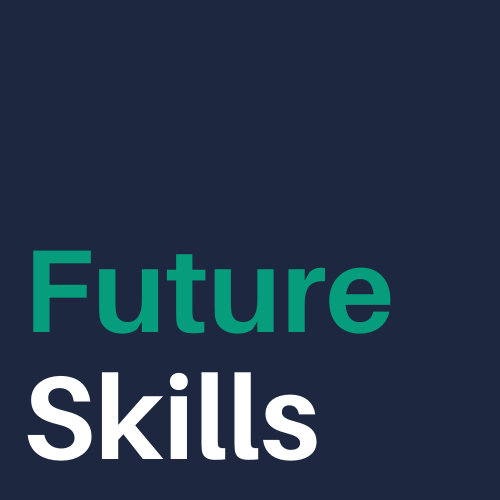“We’re not treated as human beings, we’re not even treated as robots. We’re treated as part of the data stream.”
If you’ve followed the news about Amazon warehouse workers, you know what they’re up against. High rates of injury. No time off for sickness or death of loved ones. Fear of taking bathroom breaks because it may wreck their productivity numbers. Constant tracking and surveillance (and maybe being fired by robots?)
If you’re working in a cozy office, it’s easy to ignore the plight of Amazon warehouse workers and scroll right past their stories in your feed.
So I encourage you to watch this short clip from Frontline, not just so you understand what happens behind the scenes when you click on that purchase button. I want you to see how Amazon is shaping our workplaces.
This focus on data-driven management and efficiency over people won’t be limited to Amazon in the future. Amazon is a leader in everything they do. When they experiment with data-driven management and efficiency and it works, others will follow. From the video:
“Amazon is the cutting edge. Other warehouses are starting to adopt these technologies. Other companies are starting to do what Amazon is doing. Data collection can become the standard for all workers. You’re never good enough. You’re never able to keep up.”
Data-driven management mixed with workplace surveillance creates a brutal work environment. This shouldn’t be what we’re building for the future of work.
I don’t know what the solution is. Listen to these stories. Support unions. Don’t order Prime (or order it less). If you’re in tech, don’t use your talents to work for Amazon.
These workers don’t deserve this. This isn’t the future of work we deserve. We have the power to change it.
